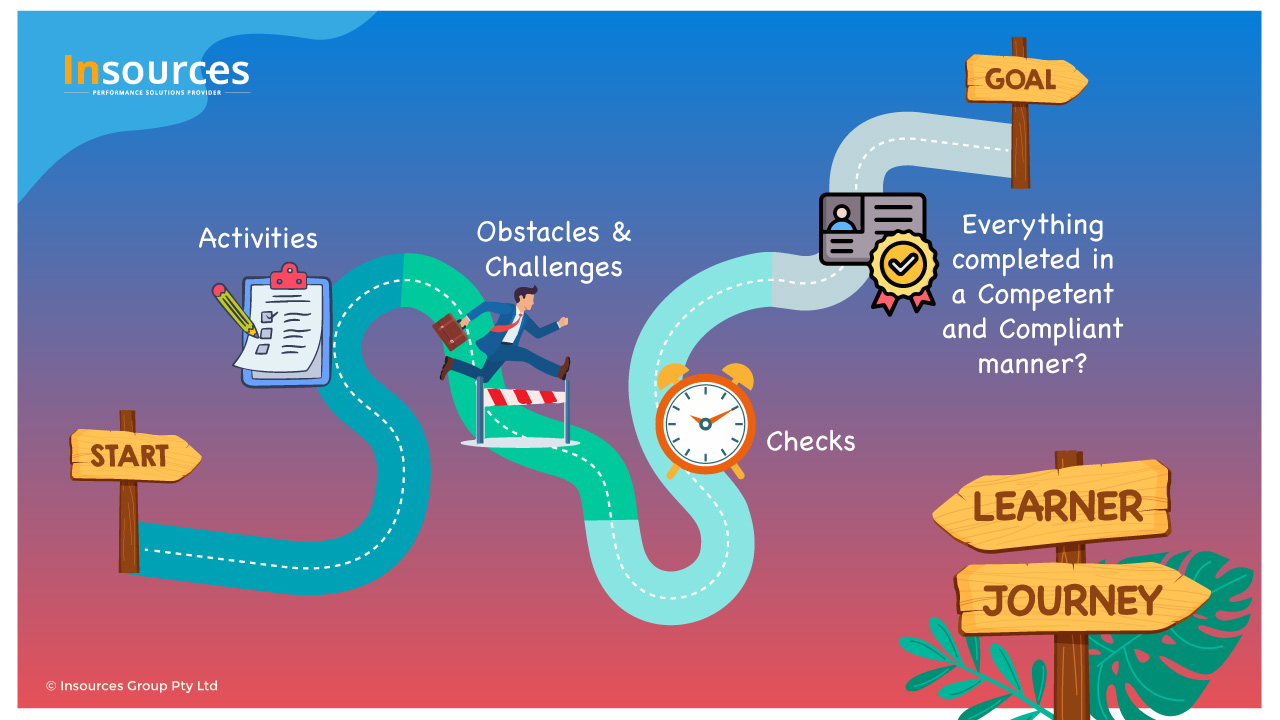What is the real cost of VET red tape for our society? The value of vocational education and training (VET) is in its contribution to develop Human Capital, as a means of equipping people and society with the skills and competences they need to meet current social and economic demands and fulfil the country’s own development goals.
The VET Quality Framework is used to ensure the quality of training in VET across Australia. But after 8 years of its implementation, its impact in promoting high quality training it’s arguable, and the results shows more consistency in process across RTOs, but not necessarily better quality.
The Australian Skills Quality Authority (ASQA) focus its attention to how and where VET provision happens, but it is unclear how the regulator establishes whether training delivered is relevant to stakeholder needs. Having its focus in the process, and not in the results for learners and the broader community, compliance becomes a goal in itself, and basic governance principles such as transparency, accountability and efficiency in VET quality and relevance, are neglected.

One of the critical aspects of a VET regulatory audit is establishing the relevance (compliance) of the curriculum used by the RTO, to the related qualification. This is rather a very inconsistent area for ASQA’s auditors, perhaps, because these auditors are not necessarily experts in unpacking training packages, nor subject matter experts in the specific vocational area. During the regulatory audit, there are critical elements that affect quality such as: the perspectives of industry bodies and their members, learners and their communities, employers and their customers, that are not considered.
In the current context, quality is circumscriptive to the recipe of the Standards for RTOs that only focus on provision of VET training, but not on its consequences or results, beyond the Competent or Not Yet Competent outcome obtained by a learner.
The VET Quality Framework should provide clear dimensions for governance within the sector. Considering not only vocational preparation (initial VET), but also vocational lifelong learning (continuing VET). Our system ignores the dynamics of continuing VET training, and the priorities of active labour markets, in its regulatory requirements.
Some requirements that are particularly relevant to the context of initial VET, such as evidence of industry engagement, industry currency, workplace outcomes, entry requirements, amount of training, to mention some; becomes an over-complicated burdensome process when RTOs are working directly with employers in updating or upskilling employees. Many of these factors are intrinsic to the training delivered, and not only learners are deemed competent by qualified trainers and assessors, but are getting or maintaining employment.
In my opinion, the Standard should be updated to recognize the context of continual VET training, but also auditors need to be better trained in advanced auditing skills, and the audit principles: systematic, outcomes-based, evidence-based, flexible, continuous improvement, fair, open, and transparent (AQTF 2007 Audit Principles). Particularly the principle of flexibility that states “… one size fits all’ approach to evidence of compliance cannot be used.”
We are lost in red tape, because compliance is not seemed as synonymous of quality in the VET sector for a great number of stakeholders, including RTOs.
How can we make VET great again?
Firstly, I want to acknowledge that Australian VET system was once considered one of the best systems in the world, and have produced numerous innovative products and ideas. Our VET system have inspired many, and those original ideas continue to be replicated around the world.
We lost the vision as a sector. What is the vision for VET in Australia? How that vision fits in our vision as a country? How that vision will contribute to the development of our Human Capital? We can’t move forward as a sector until we agree on the answers to these questions.
We commit significant number of resources to periodic reviews of our system, but we don’t have a VET Framework for those evaluations, an analytical framework that promotes a shared understanding of issues across all VET dimensions. How are we going to interpret, use, or compare those reviews without such parameters? A framework that defines the sector’s anchors within the main governance dimensions.
The European Union uses three dimensions Stakeholders (Public Stakeholder, Private Stakeholders, and Individuals), Objectives (Access, Quality, Relevance, and Equity), Principles (Transparency, Accountability, and Efficiency); that could be a good starting point for us.
A VET Professional Association is needed
The sector needs a professional association that can take VET practitioners to another level. An association that supports the sector by defining best practices, producing material to develop capabilities, produce and potentially enforce a code of practice, define and continuously redefine the roles of different VET practitioners.




